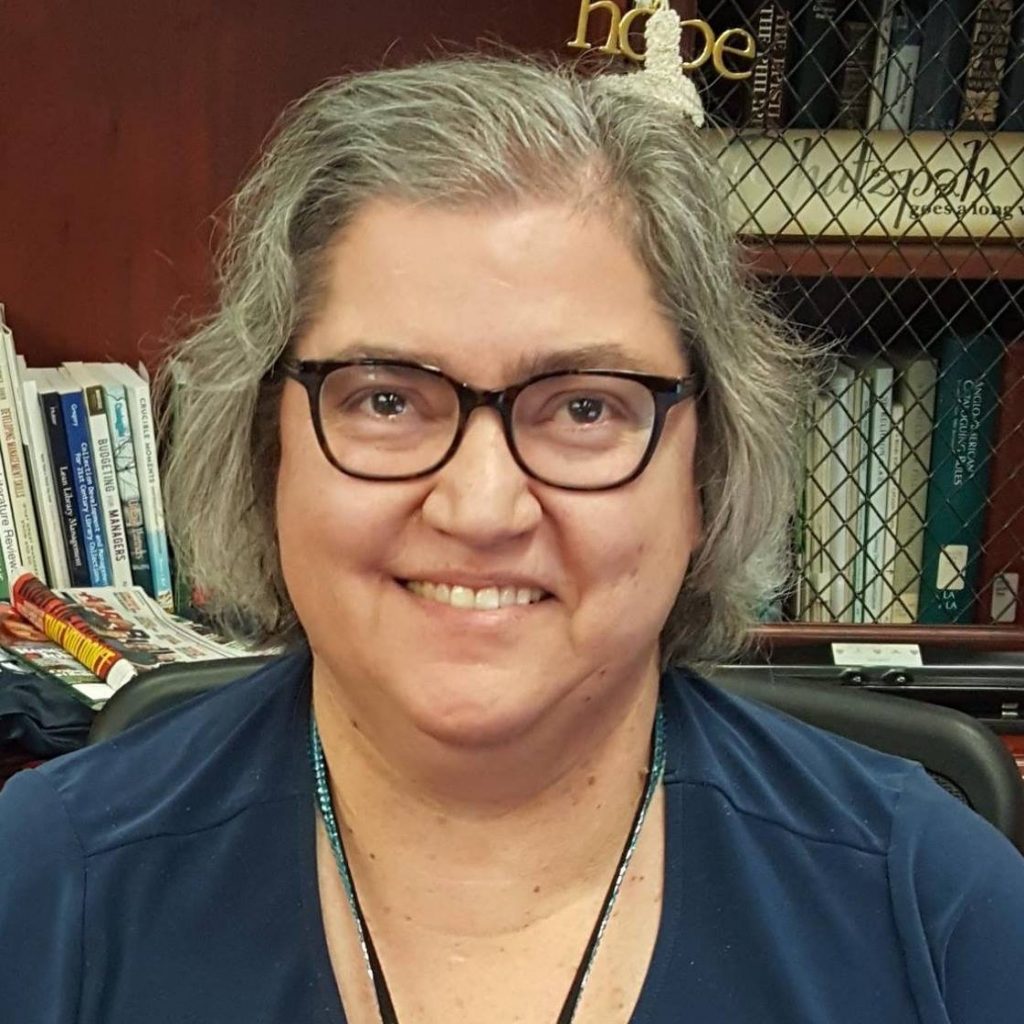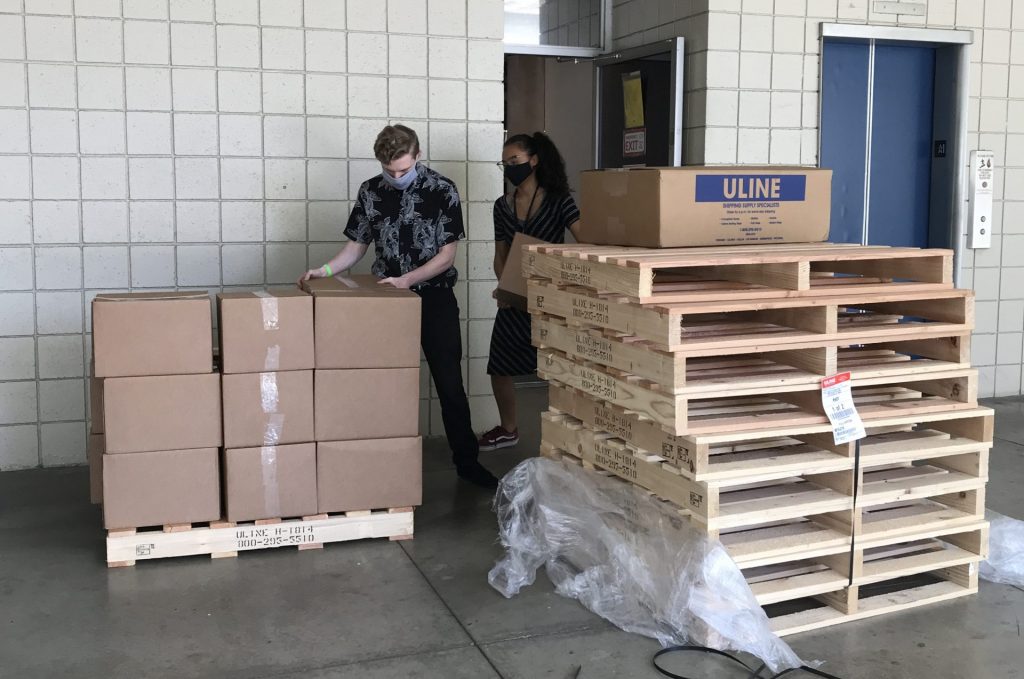In January, Robin Hartman learned major renovations planned at Hope International University in Fullerton, California, meant the library would have to give up 25 percent of its space. That forced Hartman, director of library services at the 2,000-student private university, to make some tough decisions.

What would she do with the back issues of periodicals now that there would be only six shelving sections to store the journals and magazines instead of 40? Hartman ended up keeping periodicals that were only available in print and less than 10 years old. That left her with volumes of older issues that she didn’t want to just throw in a dumpster.
Hartman contacted Internet Archive to give Hope’s vast collection of older periodicals a new digital life. Working from her home during the COVID-19 crisis this summer, she instructed the construction crew and student workers to box up the excess journals—191 boxes in all. Internet Archive arranged to provide pallets and plastic wrap to safely pack the periodicals. The boxes were loaded onto a semi-truck and transported to San Francisco for preservation at no expense to the university.

“When I found out Internet Archive was able to take the older periodicals that we couldn’t keep, I was really thrilled,” Hartman says. “I was able to tell my faculty they are not gone forever. They will be digitized eventually and made available online.”
The donation includes a range of popular magazines and academic journals linked to the Christian university’s majors such as: Clinical Psychology, Educational Leadership, Family and Society, Journal of American History, Journal of Ecclesiastical History, Journal of Spirituality and Mental Health, Journal of Sports Management, and Pastoral Psychology.
“I feel much better that they are going to a good home. They are good, valid sources,” Hartman says.
Hartman is telling librarian colleagues about the donation in hopes of interesting others in adding to Internet Archive’s collection. Many libraries are being reconfigured to make room for tutoring or snack bars and are facing financial cuts in the wake of the pandemic. There is also a shift in preference for digital among students over print journals, notes Hartman, making libraries rethink their collections.

“The periodicals will be more useful online,” says Hartman, who plans to continue donating materials to the Archive. “Resource sharing is important for libraries these days. Internet Archive was a great solution for us. I think Internet Archive is a way of sharing resources for the good of all the library communities.”
If your library is interested in donating print journals to Internet Archive for preservation and digitization, please learn more on the Donations page.
[Robin’s post about this donation]